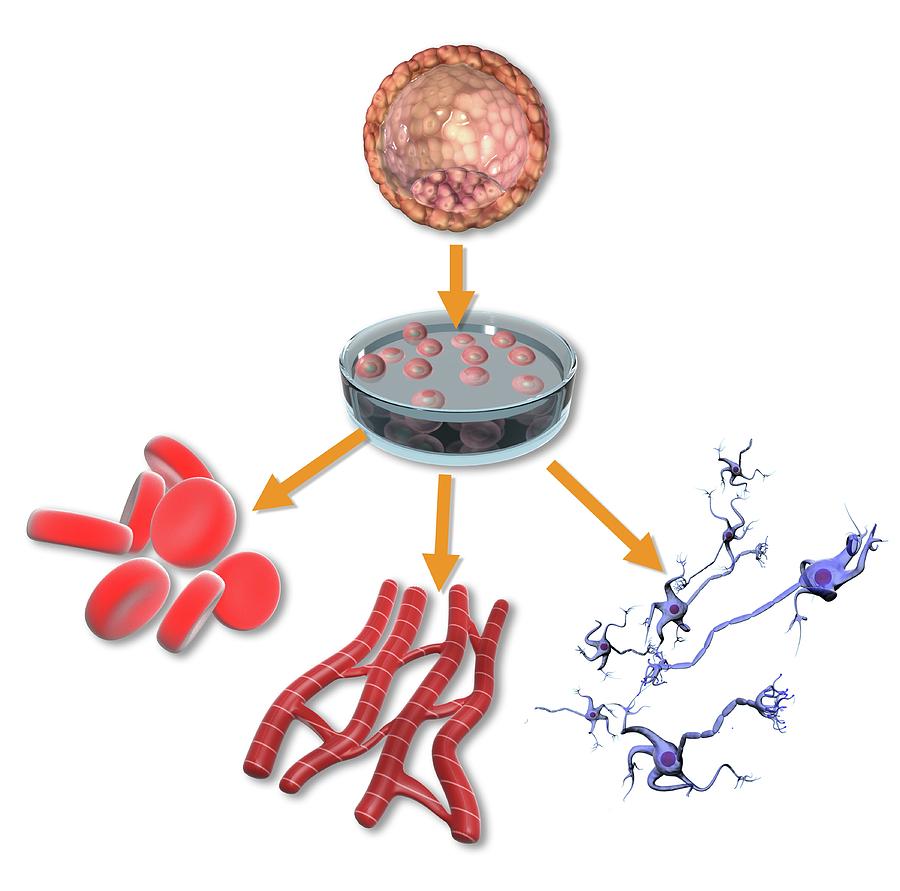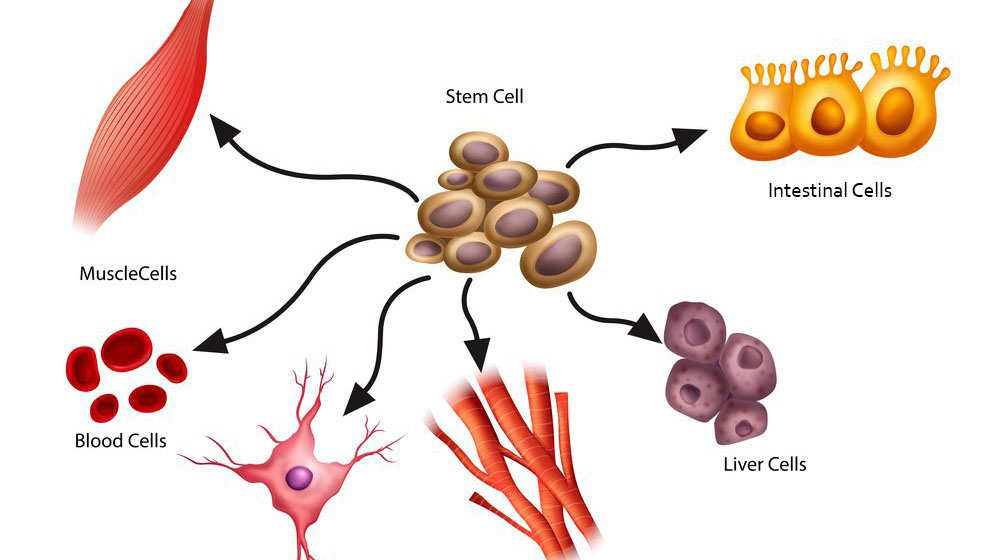

These stems are also capable of vegetative propagation.

These stems are meant for storage of food and perennation. These stems remain at the ground level and produce aerial shoots that rise above the soil. Understand Tissue System Underground stems These are absent in the herbaceous plants as they lack cambium which is responsible for this type of growth.īased on their location with respect to the ground, there are three types of stems:

Casparian strips are distinctly visible in endodermal cells. The cells of endodermis store starch grains and so they are known as the starch sheath. It is made up of a single row of compact barrel-shaped cells without intercellular spaces. Endodermis: The innermost layer of the cortex.Some of the cells have chloroplasts and are known as chlorenchyma. It consists of thin-walled parenchymatous cells with intercellular spaces. General cortex: Lies below the hypodermis.These cells are living and contain chloroplasts. It is formed of 4 to 5 cell thick layer of collenchymatous cells. Hypodermis: It is the outermost layer of the cortex.The cortex can be further divided into three layers: Learn more about the concept of the Tissue System here in detail. Ground tissue divides into two- the central portion is known as the pith and the cortex which lies between the vascular tissue and the epidermis.In some cases, the bears’ multi-cellular hairs and a few stomata. Woody plants have an extra layer of protection on top of the epidermis known as bark.

This tissue covers the stem and protects the underlying tissue. Epidermis: The epidermis is a single layer of cells that make up the external tissue of the stem called dermal tissue.Internally, it contains three basic types of tissues: D ermal tissue, Ground tissue, and V ascular tissue all of which are made of simple cells. The nodes give rise to the leaves and hold the buds which grow into branches. The stem divides into nodes and internodes. Anatomy of Dicotyledonous and Monocotyledonous Plants.Some stems are modified to carry out vegetative propagation which is a form of asexual reproduction seen in plants.īrowse more Topics under Anatomy Of Flowering Plants.Few green stems contain chloroplasts and are capable of carrying out photosynthesis as well.Some stems undergo modification to store food and water.Stems bear flowers and fruits in a position that facilitates the processes of pollination, fertilization, and dispersion of seeds.The xylem and phloem present in the vascular bundles of stems conduct water and minerals across the plant.The arrangement and position of leaves also allow for gas exchange. The stem allows the leaves to arrange in a way that they are able to receive direct sunlight in order to efficiently perform photosynthesis.It supports and holds leaves, flowers, and fruits.Few stems are also found underground and are considered to be stem modifications. It is the part of the plant that lies above the ground. A plant stem is one of the two main structural axes of a vascular plant.


 0 kommentar(er)
0 kommentar(er)
